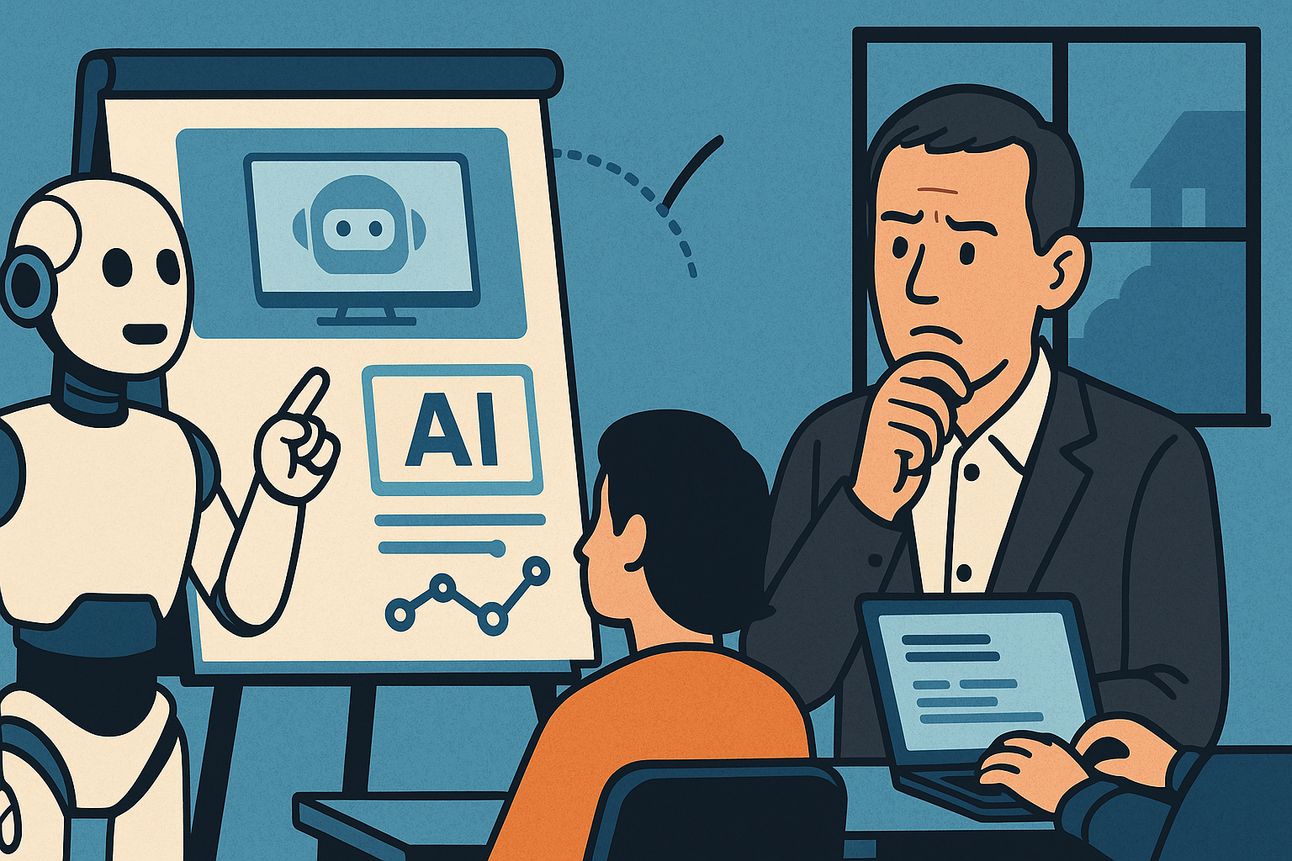- The Midas Report
- Posts
- AI and Hybrid Work Disrupt Traditional Learning
AI and Hybrid Work Disrupt Traditional Learning
4 min read

The workplace is changing, and so is the way employees learn. According to The Financial Times, a combination of AI tools and hybrid work structures is upending traditional models of on the job training. As face time decreases and tools evolve faster than training manuals can keep up, many companies are struggling to deliver development programs that meet today’s needs.
For solopreneurs and lean teams, this shift presents both a challenge and an opportunity.
Learning on the Job No Longer Looks the Same
Historically, new hires learned by shadowing colleagues, absorbing workplace culture, and picking up informal skills through daily interactions. In a hybrid or remote setting, much of that has disappeared. Add AI tools into the mix, and the landscape becomes even more complex.
Many new employees are expected to navigate unfamiliar systems with limited support. Meanwhile, more experienced workers are being asked to incorporate AI into their workflows without formal guidance or clear standards. The result is a growing learning gap that companies must address to remain productive and innovative.
Why the Pressure to Adapt Is Growing
AI adoption is no longer optional. From content generation to data analysis and scheduling, AI tools are now embedded in everyday business processes. At the same time, hybrid work has become a permanent fixture across industries, particularly in tech and services.
This combination has created a new kind of workplace, one that is more flexible, more distributed, and more dependent on independent learning.
For small business owners, this means keeping pace with change requires constant upskilling. And traditional corporate training, with its scheduled sessions and static curricula, often cannot deliver the speed or personalization needed.
Smart Learning Tools for a Smart Workforce
The solution lies in personalized, self directed learning powered by AI itself. Platforms now offer dynamic learning paths based on an individual’s role, performance, and goals. From microlearning apps to AI coaching bots, the tools available today can make continuous education more practical and more effective than ever before.
Solopreneurs should explore tools like Coursera, Skillshare, or even AI assistants that guide users through complex tasks. The goal is not just to learn faster, but to learn smarter, with feedback loops and practical application built in.
Investing in a Learning Mindset
The most important shift is cultural. Businesses must treat learning not as a side activity but as a core function. For founders and freelancers, that means setting aside time for structured skill building and choosing platforms that align with your goals.
If AI and hybrid work are rewriting the rules of productivity, then learning is the key to staying in the game. Make it a priority before it becomes a problem.